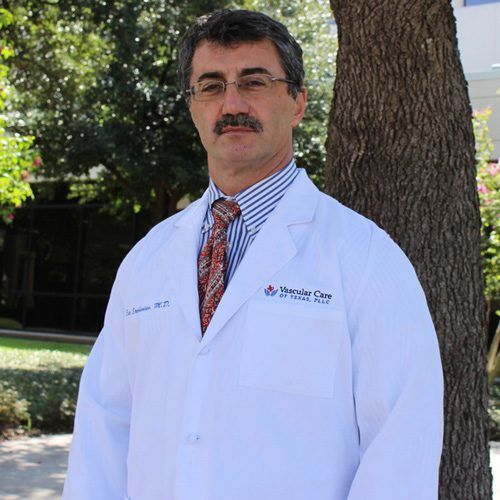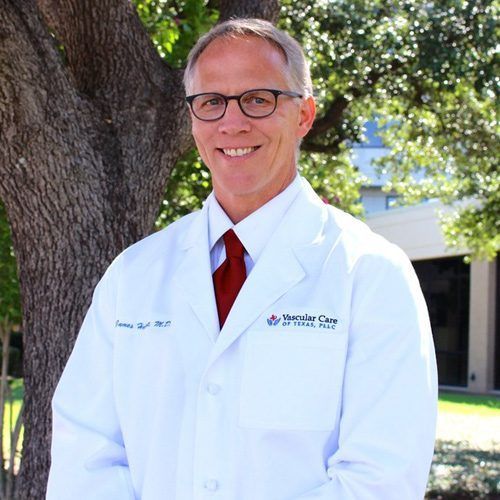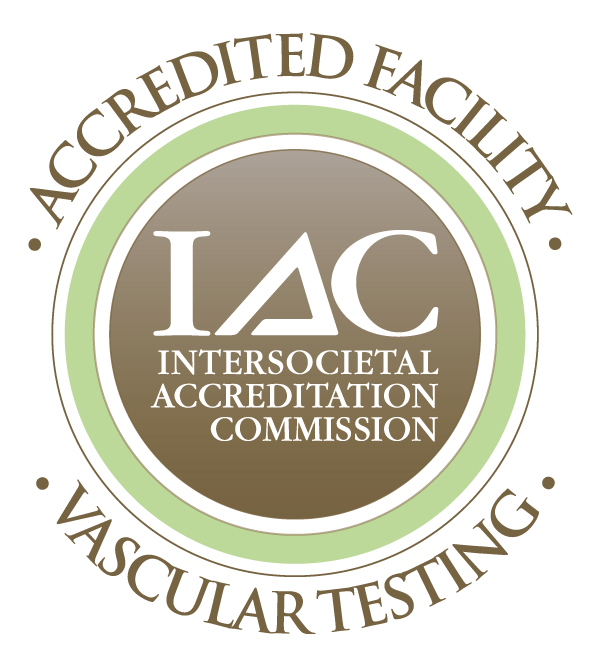Treating Deep Venous Thrombosis
Because the complications can be very serious, it’s critical to treat deep vein thrombosis right away. Our surgeons provide some of the best care in Garland, Texas.
What is Deep Vein Thrombosis?
Deep vein thrombosis, or DVT, is a common problem. It happens when a blood clot forms in a vein deep in your body. Most of the time, these clots form in the lower leg or thigh, but they can also develop in your arm or another area.
If left untreated, DVT may cause a pulmonary embolism. this is a common and very serious complication. It happens when a blodd clot breaks off from inside the vein and gest stuck in a pulmonary artery, which carries blood from your heart to your lungs. A pulmonary embolism can lead to a severe disability, and can eve be fatal if not treated right away.
What causes deep vein thrombosis?
You might be at a higher risk of DVT if you’ve recently had surgery or a long period of sitting or bed rest. Other things that can contribute to DVT, such as birth control pills, hormones for menopause, pregnancy, certain conditions (such as varicose veins) and a prior blood clot.
What are the symptoms of deep vein thrombosis?
About half of the time, people don’t have any symptoms of DVT. If you do have symptoms, they will most often involve pain and swelling in the part of your body where the clot has formed.
How do you treat deep vein thrombosis?
It’s very important to treat DVT right away. Blood thinners, or anticoagulants, can help keep the clot from growing, while preventing new clots from forming. Compression therapy (a special sleeve on your leg or arm) can help keep your blood moving. Your doctor might also recommend a procedure to dissolve the clot.
If you have a pulmonary embolism, your doctor will recommend the best treatment for your unique case. This may involve blood thinners or other options.
Other Treatments
Arterial Disease
Carotid Artery Disease
Chronic Venous Hypertension
Claudication
Critical Limb Ischemia
Deep Venous Thrombosis
Dialysis
Nonhealing Wounds
Peripheral Aneurysms
Peripheral Artery Disease
Pulmonary Embolus
Stroke
Subclavian Steal Syndrome
Subclavian Stenosis
Transient Ischemic Attacks
Varicose Veins
Venous Insufficiency
Venous Stasis Ulcers
Meet Our Doctors
Questions?
All Rights Reserved | Vascular Care of Texas, PLLC | Privacy Policy






